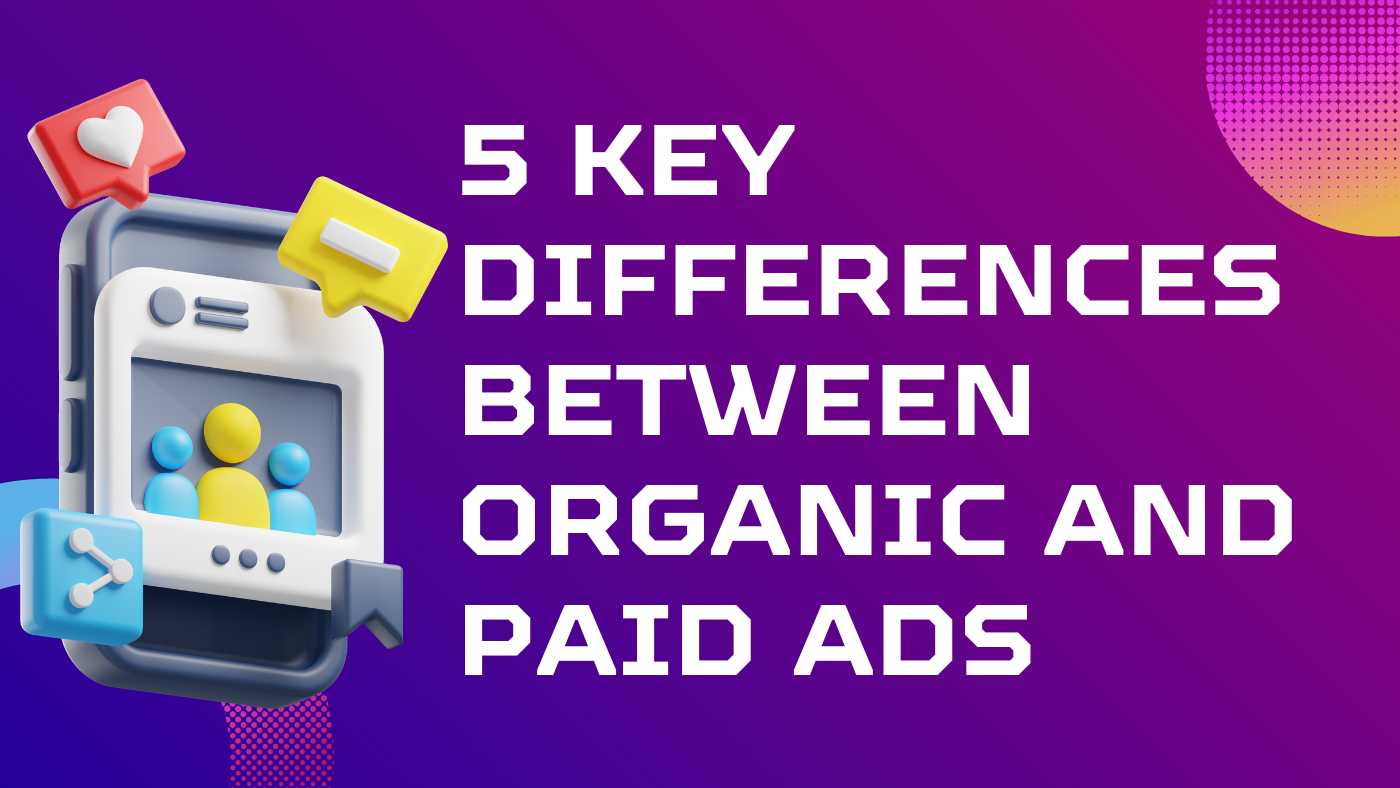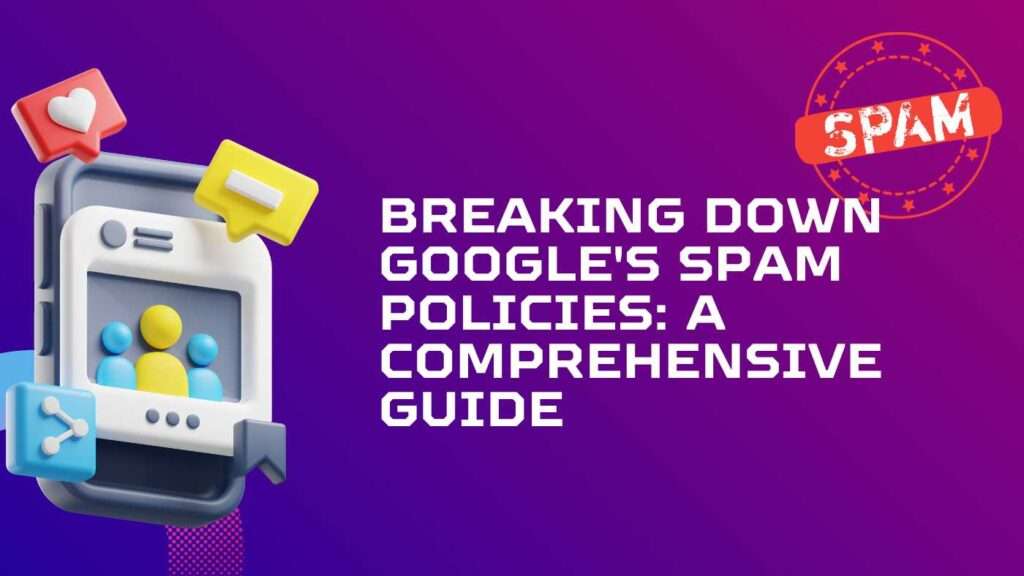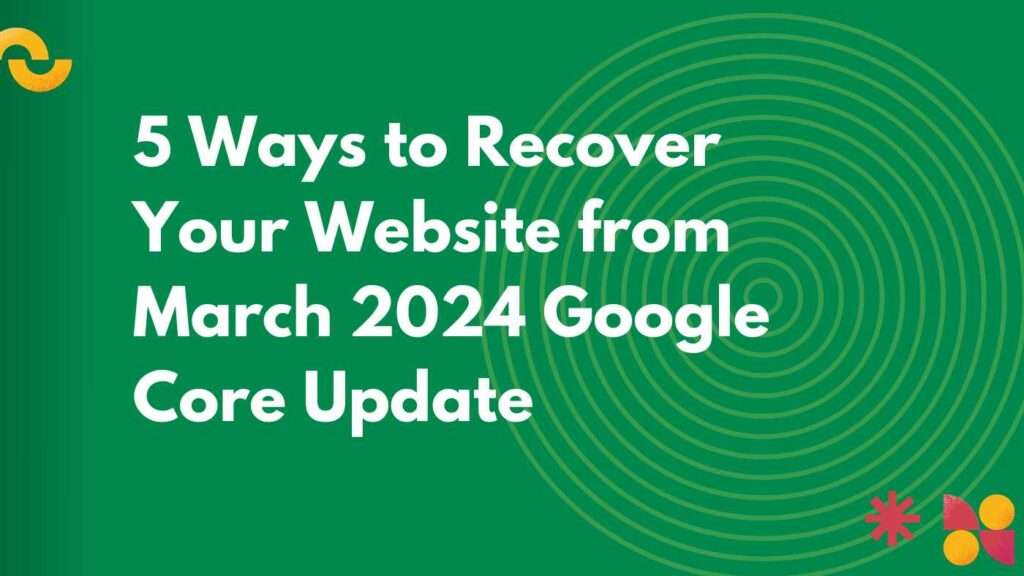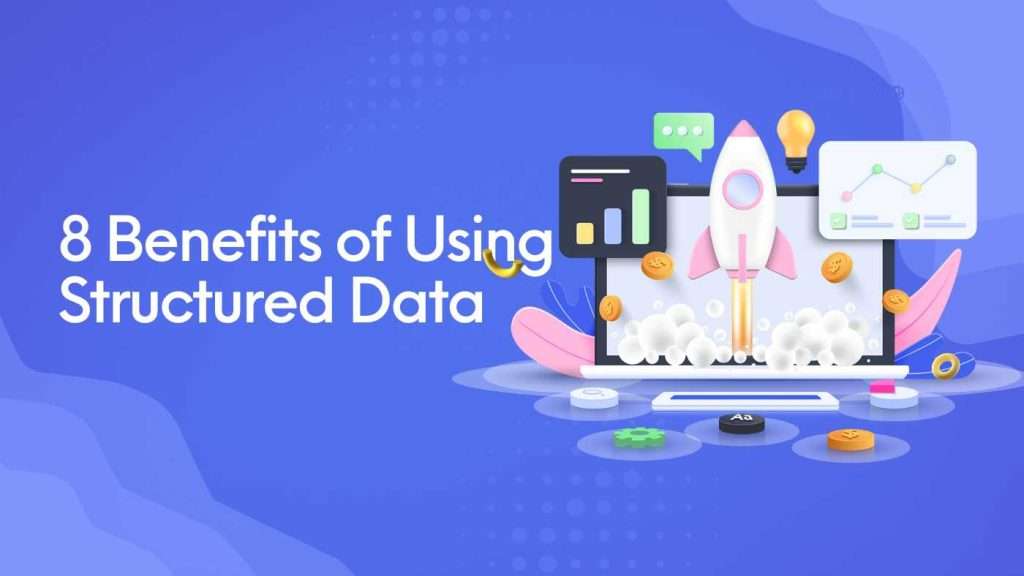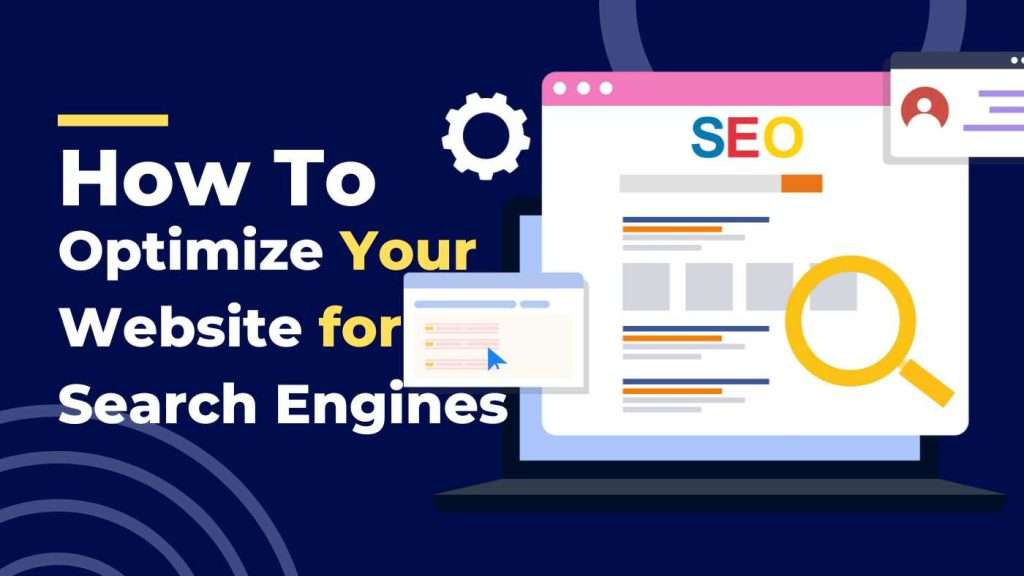Welcome to the world of online advertising! Businesses have a plethora of options to promote their products or services. Two popular methods are organic and paid ads. But what exactly are the differences between them, and which one should you choose for your business?
In this article, we’re going to dive deep into the realm of online advertising and explore the five key differences between organic and paid ads. Whether you’re new to the world of digital marketing or want to optimize your current strategies, understanding these differences is crucial.
Understanding Organic and Paid Ads
Before we delve into the differences, let’s first understand what organic and paid ads are. Organic ads involve optimizing your website content to rank high on search engine result pages (SERPs) without paying for ad space. This approach relies on search engine optimization (SEO) techniques to attract traffic to your website naturally. On the other hand, paid ads require investing in sponsored placements to reach a wider audience. This involves bidding on specific keywords or demographics to display your ads prominently on search engines, social media platforms, or other websites.
Key Differences Between Organic and Paid Ads
Now that we have a basic understanding of organic and paid ads, let’s explore the key differences between the two.
Cost: One of the most significant differences between organic and paid ads is the cost. Organic ads, as the name suggests, are free. You don’t have to pay for ad space or clicks. However, optimizing your website for organic traffic requires time and effort to create high-quality content, build backlinks, and improve your website’s overall SEO. On the other hand, paid ads require a financial investment. You need to allocate a budget for advertising platforms like Google Ads or social media advertising. You pay for each click (cost-per-click) or impressions (cost-per-thousand impressions), depending on the ad platform.
Speed: Another crucial difference between organic and paid ads is the speed at which you can generate results. Organic ads take time to yield significant results. It can take weeks or even months to see your website rank higher on search engine result pages. On the contrary, paid ads offer immediate visibility. Once your campaign is up and running, your ads will be displayed to your target audience, driving traffic to your website almost instantly. This makes paid ads an excellent option for businesses looking for quick results or running short-term promotional campaigns.
Visibility and Reach: When it comes to visibility and reach, paid ads have the upper hand. By investing in paid ads, you can target specific keywords, demographics, or locations to ensure your ads are displayed to your desired audience. This allows you to reach a wider range of potential customers who may not have discovered your business organically. Organic ads, on the other hand, rely on search engine algorithms to determine your website’s visibility. While SEO techniques can improve your visibility, it’s difficult to compete with paid ads when it comes to reaching a larger audience.
Longevity: Organic ads have a longer lifespan compared to paid ads. Once you’ve optimized your website for organic traffic and built a strong online presence, your website will continue to attract visitors even if you stop actively working on your SEO. This long-term benefit is especially valuable for businesses with limited advertising budgets. On the contrary, paid ads are temporary. Once you stop investing in paid advertising, your ads will no longer be displayed, and the traffic to your website may decrease. Paid ads are best suited for short-term campaigns or promotions.
Click-Through Rates (CTR): Click-through rates are an essential metric to measure the effectiveness of your ads. Organic ads tend to have higher click-through rates compared to paid ads. Users trust organic search results more than sponsored ads, leading to higher engagement and click-through rates. However, paid ads can still generate significant traffic, especially when targeting specific keywords or demographics. It’s important to monitor and analyze your click-through rates to optimize your ad campaigns for better results.
Benefits and Drawbacks of SEO
Now that we’ve explored the key differences between organic and paid ads, let’s take a closer look at the benefits and drawbacks of organic ads.
Benefits: – Long-term visibility and traffic – Cost-effective – Builds trust and credibility – Higher click-through rates
Drawbacks: – Takes time to see significant results – Requires ongoing optimization and content creation – Limited control over search engine rankings
Benefits and Drawbacks of Paid Ads
Paid ads also come with their own set of benefits and drawbacks. Let’s examine them in detail.
Benefits: – Immediate visibility and results – Targeted audience reach – Flexible budget allocation – Complete control over ad placements
Drawbacks: – Requires a financial investment – Temporary results without ongoing investment – Can be expensive if not optimized properly – Lower click-through rates compared to organic ads
Choosing the Right Advertising Strategy for Your Business
Now that we’ve discussed the differences, benefits, and drawbacks of organic and paid ads, how do you choose the right advertising strategy for your business? The answer lies in understanding your business goals, budget, and target audience.
If you’re a new business with a limited advertising budget, organic ads can be a great starting point. By investing time and effort into optimizing your website for search engines, you can achieve long-term visibility and attract organic traffic. However, if you’re looking for immediate results or running short-term campaigns, paid ads can provide the visibility and reach you need.
It’s important to note that the ideal advertising strategy is often a combination of both organic and paid ads. By leveraging the strengths of each approach, you can create a comprehensive marketing strategy that maximizes your website’s visibility and drives targeted traffic.
Read More: 5 Crucial Google Search technical requirements Every SEO Strategy
How to Optimize Organic Ads for Better Results
To optimize your organic ads for better results, follow these tips:
- Conduct keyword research to identify relevant keywords with high search volume.
- Create high-quality, informative content that aligns with your target keywords.
- Optimize your website’s on-page elements, including meta tags, headings, and URLs.
- Build backlinks from reputable websites to improve your website’s authority.
- Regularly update and refresh your content to keep it relevant and engaging.
How to Optimize Paid Ads for Better Results
To optimize your paid ads for better results, consider the following strategies:
- Perform thorough keyword research to identify relevant and high-converting keywords.
- Craft compelling ad copy that entices users to click on your ads.
- Test different ad formats, placements, and targeting options to find the best-performing combinations.
- Monitor and analyze your ad campaigns regularly to identify areas for improvement.
- Continuously refine and optimize your ads based on performance data and user feedback.
Tracking and Analyzing the Performance of Organic and Paid Ads
Tracking and analyzing the performance of your organic and paid ads is crucial to measure their effectiveness and make data-driven decisions. Here are some essential metrics to monitor:
- Organic Traffic: Track the number of visitors coming to your website through organic search results.
- Conversion Rate: Measure the percentage of visitors who take a desired action, such as making a purchase or filling out a form.
- Cost-per-Click (CPC): Calculate the average cost for each click on your paid ads.
- Click-Through Rate (CTR): Monitor the percentage of users who click on your ads after seeing them.
- Return on Ad Spend (ROAS): Determine the revenue generated from your paid ads compared to the amount spent.
By regularly monitoring these metrics, you can identify areas for improvement and optimize your ad campaigns for better results.
The Role of Organic and Paid Ads in a Comprehensive Marketing Strategy
Both organic and paid ads play vital roles in a comprehensive marketing strategy. Organic ads help establish your online presence, attract long-term traffic, and build trust and credibility with your audience. Paid ads, on the other hand, provide immediate visibility, targeted reach, and the ability to scale your advertising efforts.
By combining the strengths of both approaches, you can create a powerful marketing strategy that drives consistent traffic, generates leads, and increases conversions. It’s essential to strike a balance between organic and paid ads based on your business goals, budget, and target audience.
Conclusion: Leveraging the Power of Both Organic and Paid Ads
In conclusion, understanding the key differences between organic and paid ads is essential for effective online advertising. Each approach has its own set of benefits and drawbacks, and the right choice depends on your business goals, budget, and target audience.
Organic ads provide long-term visibility, cost-effectiveness, and higher click-through rates, while paid ads offer immediate results, targeted reach, and complete control over ad placements. Striking a balance between organic and paid ads in your marketing strategy can yield the best results, driving consistent traffic, generating leads, and increasing conversions.
So, whether you’re a new business looking to establish your online presence or an established brand aiming to maximize your advertising efforts, leveraging the power of both organic and paid ads is the key to unlocking success in the world of online advertising.
